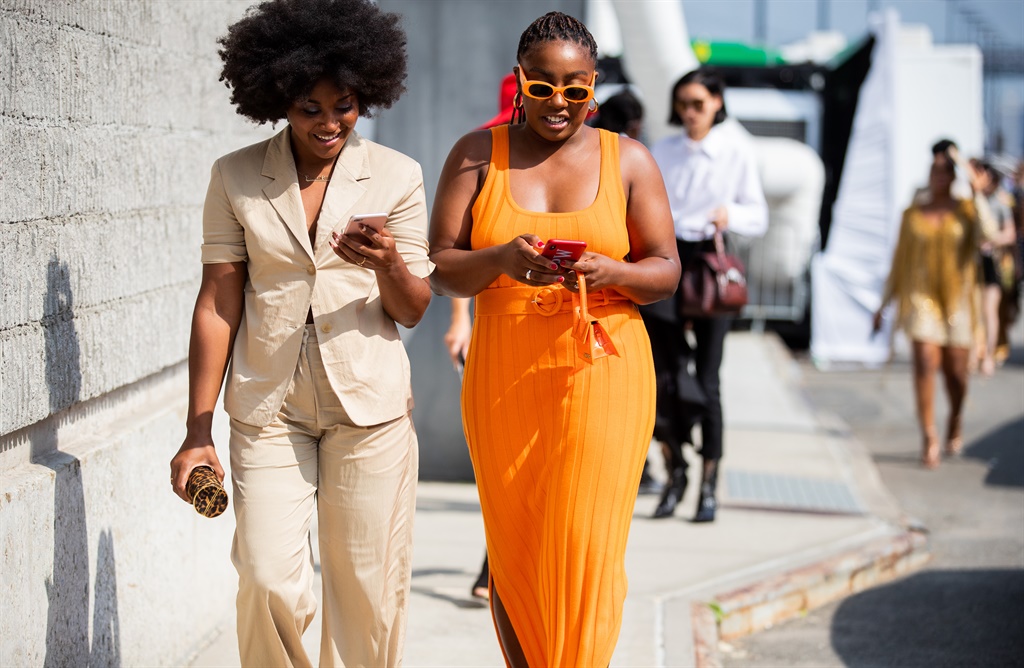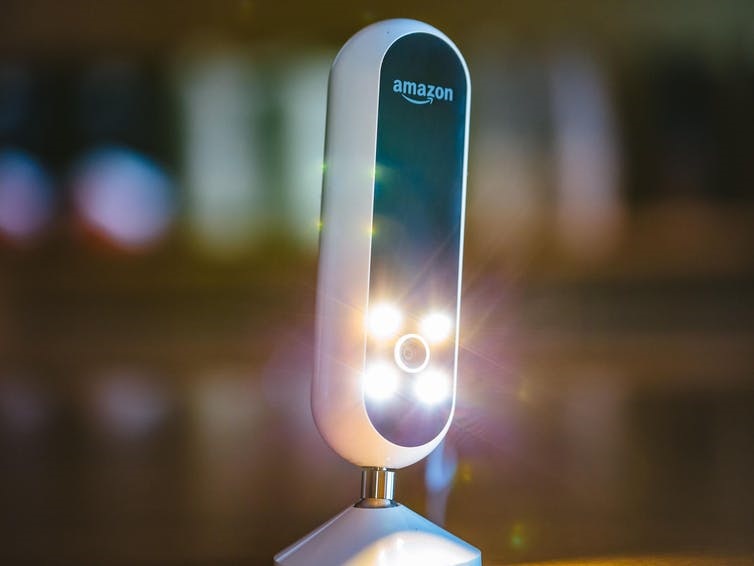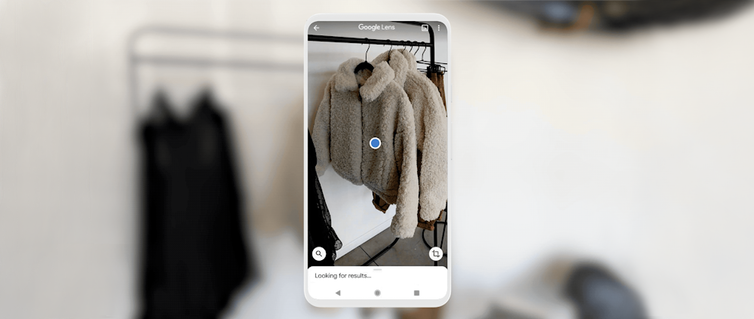
The tech giants Amazon, Google and Facebook have all begun to use machine learning to give you tips on what to wear. Is fashion styling the next field to be disrupted by artificial intelligence (AI), or will the human eye remain supreme?
It’s too soon to know for sure, but understanding what machine learning is good at and how that overlaps with what fashion is all about can help us make some educated guesses.
Get that look
One thing machine learning does very well is find patterns and common features among groups of items.
READ MORE: Why is everyone suddenly wearing this same outfit?
Taking advantage of this, Google Lens and Amazon Style Snap can each identify a garment from a photo or video and then tell you a bit more, like how other people have worn it or where you can buy it.
This serves the same function as a fashion magazine taking a celebrity look and breaking it down into pieces. By allowing consumers to recreate looks from movies, music videos, magazines and the runway, it democratises elements of styling.
Amazon also goes further, linking garments to a database of looks from popular fashion influencers. This offers the customer creative inspirations to build looks (and conveniently gives the influencers a cut if the customers buys the clothes).
This system has great potential, but it can only be as good as the data that’s fed into it. A large and diverse database could bring out cultures and beauty standards that are not often seen in magazines or television, allowing people to find their tribe. But a narrower collection of sources will only produce more of the same.
The stylist in the machine
The next step in computer fashion – using AI to offer styling judgements – has so far been less successful.
Amazon’s Echo Look is a voice-controlled camera that aims to function as a style assistant, comparing two photos using a machine learning algorithm and telling you which one scores better. So far it has received lacklustre reviews.
This service seems doomed to struggle, as it neglects many basic principles of fashion design.
For example, many looks from influencers only have a front view. How can you possibly style an outfit properly without the whole picture? Most principles of styling also take into account the wearer’s body shape, how well fitted their clothing is, their personality, and the occasion for which the garment is being worn. Context, symbolism, nostalgia, and personal preferences also play a role.
READ MORE: Instagram and Facebook boutiques - How social media has changed the way we shop
The AI assistant has no way to address these nuances. To succeed, the machine learning engineers will need to understand fashion better and find useful and tangible tasks for AI to perform.
Algorithmic zhooshing
Facebook’s experimental Fashion++ project goes further still, trying to tell you how to improve the outfit you’re wearing.
The idea behind the software is to make small changes (known as minimal edits) to an outfit, such as tucking in a shirt, rolling up a sleeve, changing the length of a hem, or removing an accessory. Garments are defined as “fashionable” if they are popular on a database and the AI learns to edit looks to make them score more highly in this regard.
This relies on a massive oversimplification of how the craft of fashion design works. Simply mimicking elements of what is popular and putting them together is no guarantee for an aesthetically pleasing look.
There is no guarantee that the most popular look – the statistical “mode” – will be truly fashionable, or “à la mode”.
A spy in your wardrobe
As we start taking photos and streaming videos of what we desire, or begin uploading photos of ourselves in our underwear, we should keep in mind that our data is being stored and mined. For data-mining corporations, we and our personal information that can be used to influence our behaviour and sold on to advertisers.
READ MORE: This Youtuber faked that she went to the Coachella festival and fooled everyone
Even if you are unconcerned with your personal data being shared, AI products are likely to encourage needless consumption over the actual goal of making you look attractive. Often when people seek the help of a stylist or a second opinion on their appearance, it is not even about the clothing.
Some need validation or attention, or are set in their ways what makes them look attractive. Fashion styling serves a whole range of functions: creating a look of beauty, projecting power, attracting a romantic partner, or making the wearer feel special. There is no guarantee that even a stylist and some new clothing can achieve these goals – an app barely stands a chance.
This article is republished from The Conversation under a Creative Commons license. Read the original article.
Sign up to W24’s newsletters so you don't miss out on any of our stories and giveaways.




 Publications
Publications
 Partners
Partners













